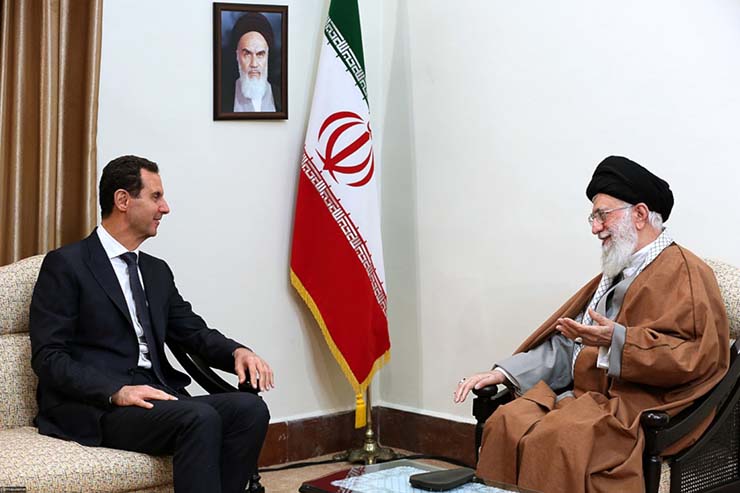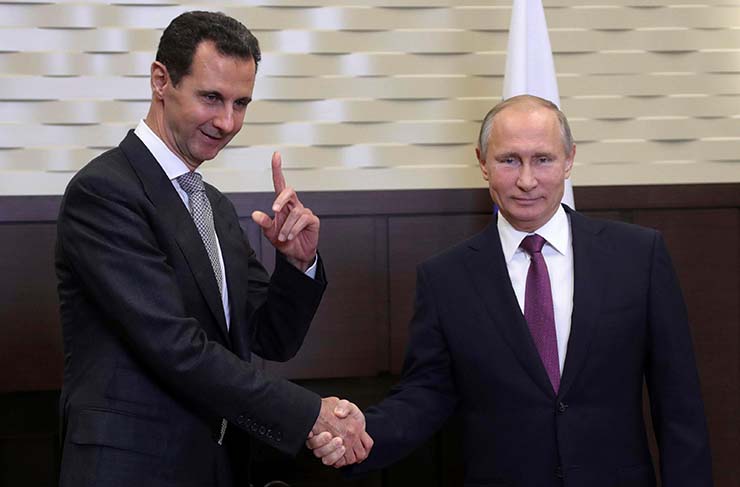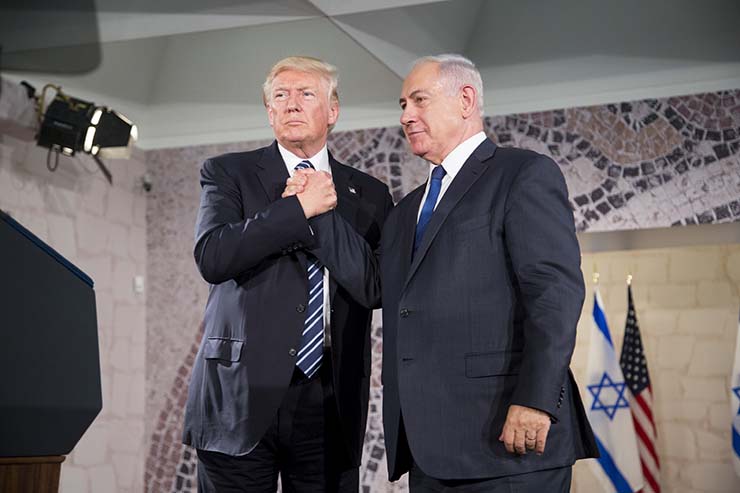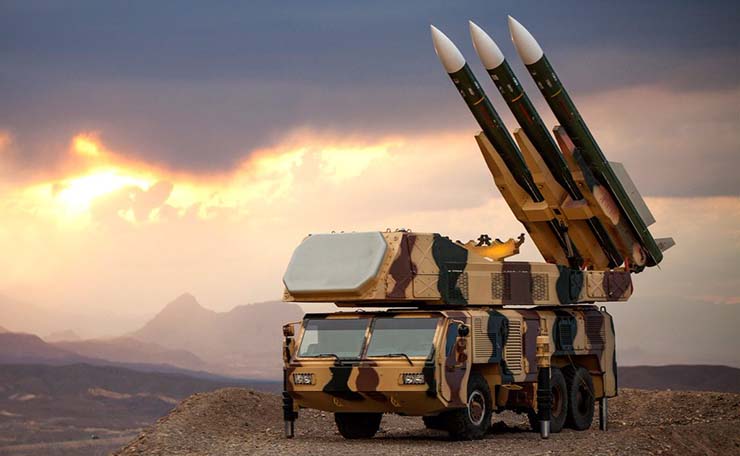
Tel Aviv. Israel will use every measure needed to foil the Iranian plan to deploy its Khordad 3 air defence missiles in Syria. In the past Israel has attacked convoys that carried Iranian made military systems to Syria.
In this case, sources tell Raksha Anirveda that the effort will be very concentrated .The presence of the Iranian made air defence system will pose a problem to western air forces flying over Syria.
The Iranian developed Khordad 3 is reportedly the missile that was used by Iran’s Revolutionary Guard Corps to shoot down the US air force RQ-4A Global Hawk on June 20, 2019.
The Khordad 3 entered service in mid-2010. This missile system has been mass produced, and are complementing longer ranged platforms acquired from Russia including the S-200 and the S-300 PMU.
The Khordad 3 is the longest ranged variant of the Raad system, and reportedly retains an engagement range of up to 200 km. The platform can engage up to four targets with up to eight missiles simultaneously, and makes use of powerful phased array radar.
Tal Inbar, an Israeli senior defence analyst, said that the Khorad 3 is a “very capable air defence system developed, based on Russian technologies.”
He added that such systems in Syrian control can be a potential threat to Israel and US air forces aircraft flying in the area.

“The Russian S-300 in Syria is still operated by the Russians and is not operated against aerial threat. The Iranian missile in the hands of the Syrians will create problem.”
-Tal Inbar, Senior Israeli defence analyst
The decision to ask Iran to transfer the system to Syria comes shortly after the recent explosions in Iranian nuclear and ballistic missiles facilities and shortly after the US” Caesar’s act” came into effect.
The Caesar Syria Civilian Protection Act, also known as the Caesar Act, passed through Congress with a bipartisan decision last year and was signed by President Trump on December 21 last year. This act came into force in late June.
The act gets its name from the alias of a Syrian defector who worked with military police, and leaked 55,000 photographs of 11,000 prisoners who were killed by torture in Assad regime prisons.
It aims to impose sanctions on individuals and organisations, which support the actions of the Assad regime or engage in massive monetary transactions with them. The act makes it nearly impossible to carry on business or trade with Syria.

Iranian Chief of Staff General Muhammad Bakri arrived in Damascus on July 9 and signed a new military agreement with Syrian Defence
The main pillar of this agreement is an Iranian promise to supply the advanced surface-to-air missiles to Syria to strengthen its air defence system
Following the signing of the military agreement in the Syrian Ministry of Defence, Syrian president Bashar Assad welcomed the Iranian chief of staff and praised the strategic relations between the two countries.
According to Yoni Ben Menachem, a senior researcher in the Jerusalem center for security, diplomacy and strategic issues, the important part of the agreement is the supply of a very new air defence system developed by Iran.
He added that according to a report in the Rai Allium newspaper on July 13, one of the commanders of the Iranian “Revolutionary Guards”, who attended the signing ceremony of the agreement, said that “the rules of the conflict will change”
According to Syrian sources, Russia has refused to give the “green light” to Syrian President Bashar Assad to use the S-300 systems that have been in Syria for more than a year and are operated by Russian experts, so the Syrian president turned to Iran for further Israeli airstrikes on Syria.

According to Ben Menachem, it seems that Syria and Iran are sending a message through the new military agreement between them to the United States and Israel that Iran will continue to establish a military base in Syria and that this is a long-term military cooperation and that American “Caesar’s law” will not deter them from carrying out their plans.
Iranian Chief of Staff Muhammad Bakri said at the ceremony: “Anyone who gambles on the demolition of the connection between Damascus and Tehran is living in illusions and should wake up from his dreams.”
Sources in Syria say the agreement is also intended to signal to Turkey that Iran is on Syria’s side when it comes to the Turkish danger in northern Syria.
Iranian Chief of Staff said at a joint press conference with the Syrian defence minister that “Turkey should withdraw its forces from northern Syria and open a dialogue with the Syrian regime.”
According to the Israeli researcher, president Assad does not seem to be laying all the eggs in Moscow’s basket, “Russia-Iran rivalry over control of Syria’s natural resources is no secret, and Bashar Assad is trying to enjoy and get the most out of both sides.”
-The writer is an Israel-based freelance journalist. Views expressed are personal and do not necessarily reflect the views of Raksha Anirveda.








